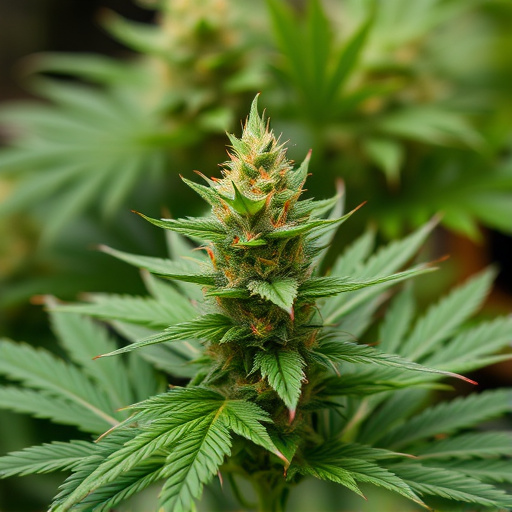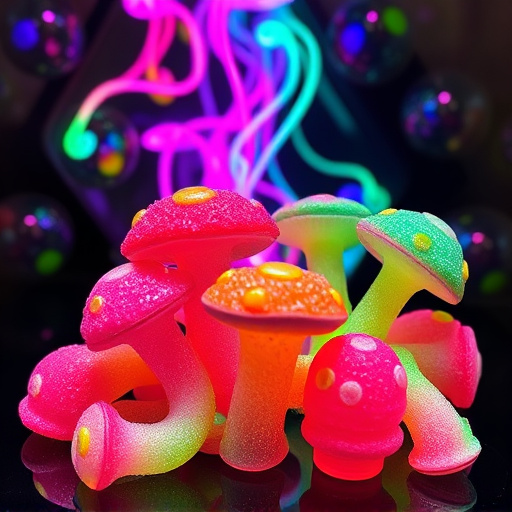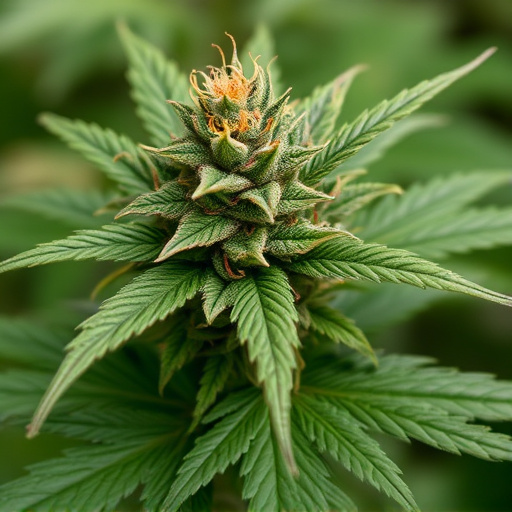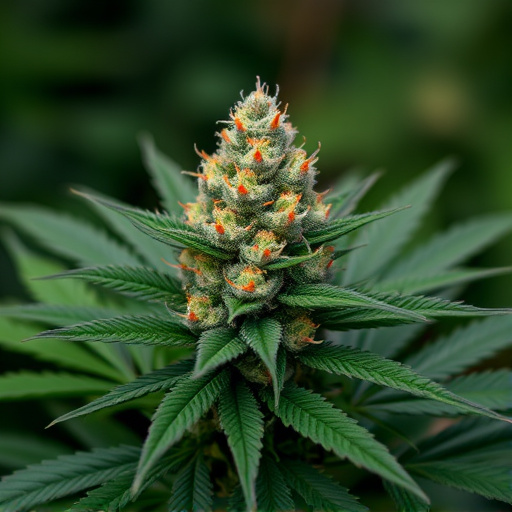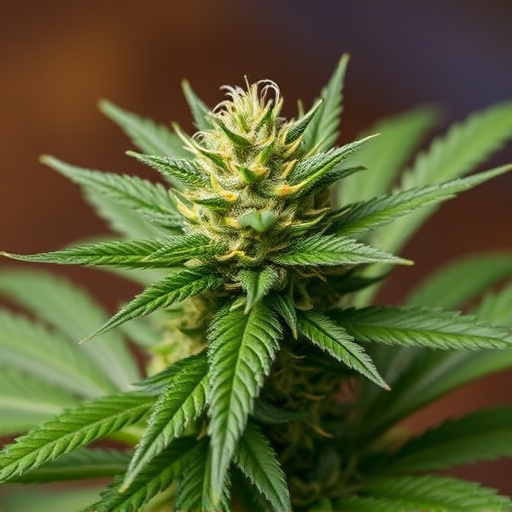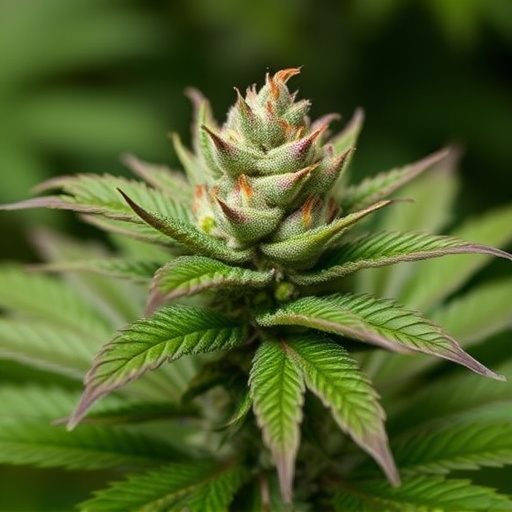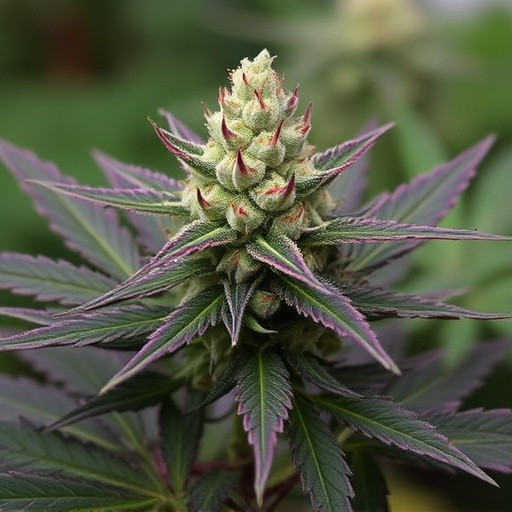The human body's endocannabinoid system (ECS) facilitates cannabis interactions, influencing functions like relaxation, appetite, and pain relief through receptors bound by THC and CBD. Genetic factors, tolerance, and ECS activity cause individual variations in cannabis responses, making 'one-size-fits-all' recommendations ineffective. This personalization extends to the best cannabis strains for pain, with high CBD strains offering non-intoxication relief tailored to diverse ECS activities.
“Unraveling the enigma of why weed hits everyone differently is a complex dance involving our bodies’ intricate endocannabinoid system. Cannabis interacts with this system through binding to receptors, but the experience varies greatly due to individual differences in endocannabinoid activity. This article explores genetic and environmental factors that shape cannabis effects, shedding light on why what works for one person might not work for another. We delve into tailored strain choices for pain management, highlighting the importance of personal preference and desired effects, ensuring individuals can navigate the labyrinthine world of cannabis to find their ideal best cannabis strains for pain.”
- The Complex Interaction Between Cannabis and the Endocannabinoid System
- – Understanding how cannabis binds to endocannabinoid receptors
- – Individual variations in the endocannabinoid system's activity
The Complex Interaction Between Cannabis and the Endocannabinoid System

The human body has an intricate system designed to interact with external substances, and cannabis is no exception. The endocannabinoid system (ECS) plays a pivotal role in this interaction, acting as a complex network of receptors and neurotransmitters that regulate various bodily functions. When cannabis enters the body, it mimics natural endocannabinoids by binding to these receptors, leading to a wide range of effects.
This intricate dance between cannabis and the ECS explains why the same strain can produce different experiences in individuals. The ECS is responsible for maintaining homeostasis, or balance, within the body, and its activation by cannabis compounds like THC (tetrahydrocannabinol) and CBD (cannabidiol) can lead to sensations of relaxation, altered perception, increased appetite, or even pain relief—making certain best cannabis strains for pain a popular choice among many. The variability in ECS activity and individual differences contribute to the diverse responses observed when consuming cannabis.
– Understanding how cannabis binds to endocannabinoid receptors
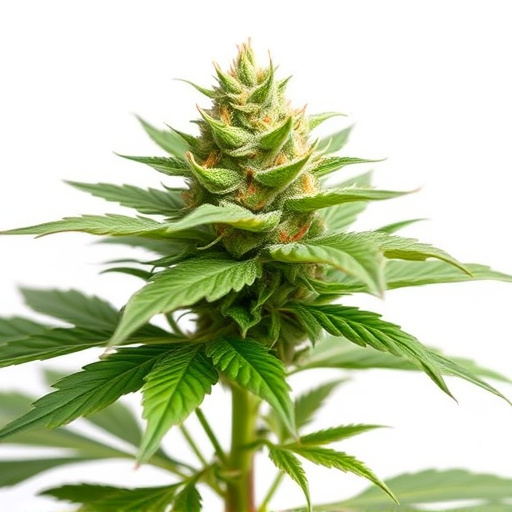
Cannabis interacts with our bodies through a complex system of receptors known as endocannabinoid receptors, which are part of what’s called the endocannabinoid system (ECS). This system plays a key role in maintaining homeostasis, or balance, within our bodies. When cannabis compounds, such as THC and CBD, bind to these receptors, they can trigger various responses, leading to the diverse effects experienced by individuals.
The way cannabis affects people can vary widely due to several factors, including genetics, tolerance, and individual ECS activity. For instance, some people might find certain best cannabis strains for pain highly effective in managing chronic conditions, while others may not see the same results. Understanding this intricate relationship between cannabis and our natural receptors is crucial for demystifying why ‘a one-size-fits-all’ approach doesn’t work when it comes to cannabis consumption.
– Individual variations in the endocannabinoid system's activity
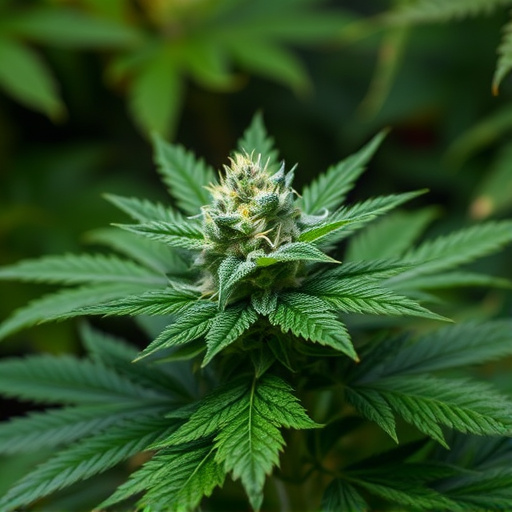
The way cannabis, and specifically its active compounds like THC and CBD, interact with our bodies is highly individualized due to variations in the endocannabinoid system (ECS). The ECS is a complex network of receptors located throughout the body that play a significant role in regulating various physiological processes, including pain perception, mood, appetite, and memory. These differences can be attributed to factors like gene expression, age, sex, overall health, and previous cannabis use. For instance, individuals with higher levels of endocannabinoid activity might experience more intense effects from cannabis, while others with less active ECSs may require higher doses for comparable results.
Understanding these individual variations is crucial when exploring the best cannabis strains for pain management. Certain strains known for their analgesic properties may be more effective for some people due to their unique chemical profiles and ability to interact with the ECS. For example, high CBD strains have gained popularity for their potential to alleviate pain without the intoxicating effects of THC, catering specifically to those with varying levels of ECS activity.
Every individual’s experience with cannabis is unique due to the complex interplay between the plant’s compounds and our own endocannabinoid systems. Understanding this dynamic relationship, particularly how different strains can interact with specific receptors, helps explain why certain cannabis varieties are renowned as the best cannabis strains for pain relief. Factors like personal biology, tolerance, and individual preferences all contribute to how strongly a particular strain may affect someone. Further research into these mechanisms promises to unlock even more effective ways to harness the power of cannabis for various conditions, offering personalized solutions for optimal well-being.

